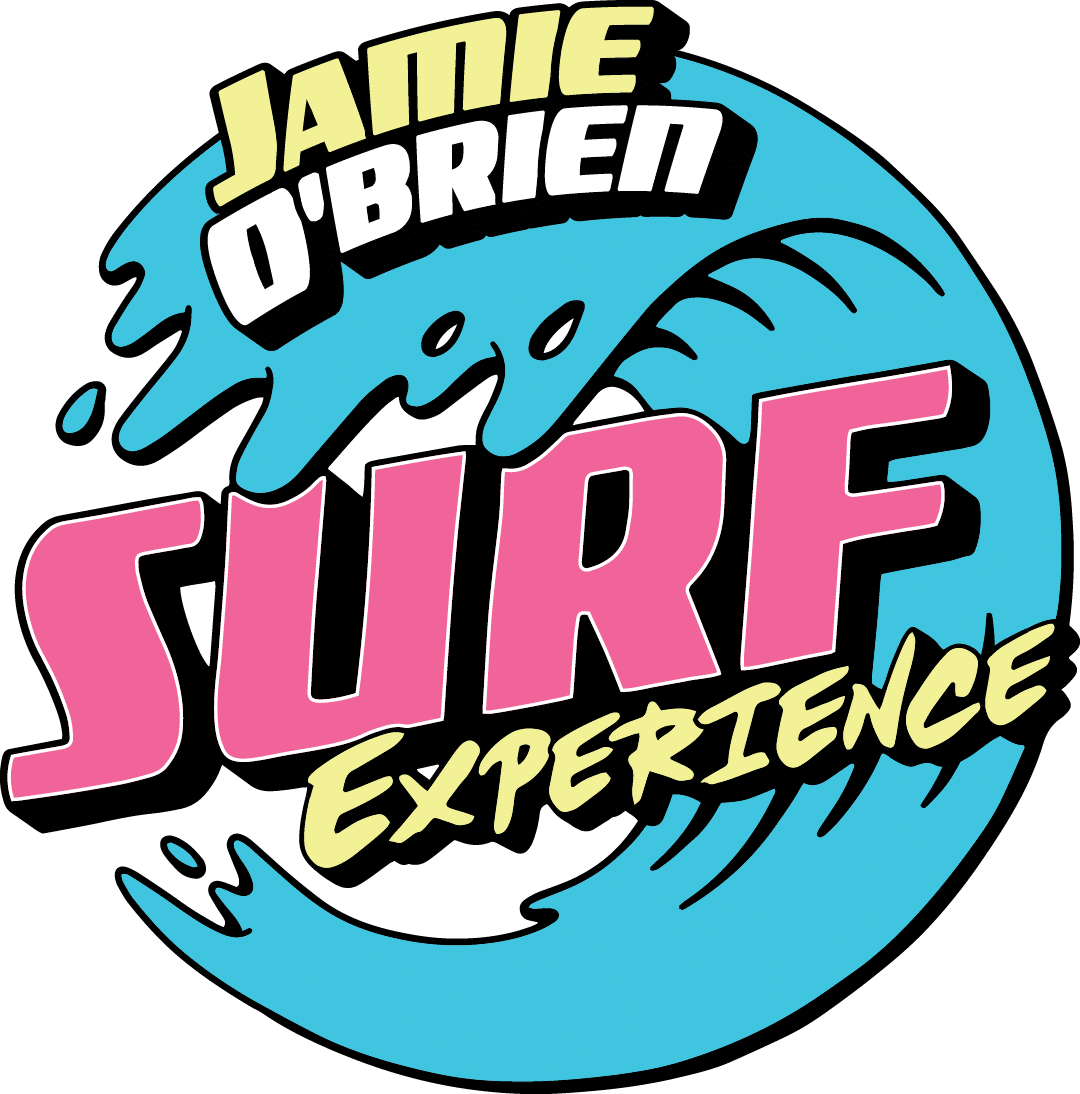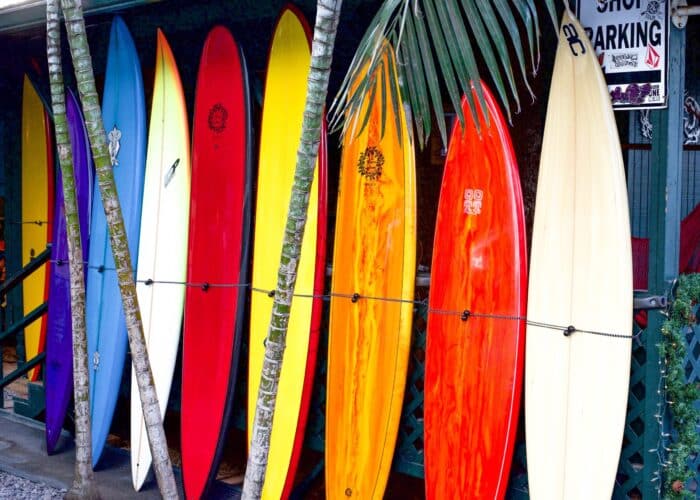
As surfers, we think of waves the same way skiers may think of mountains, anglers of rivers, and climbers of rocks. They’re the medium for our sport and artful expression, but they’re also undeniably part of mother nature, a fixture in our natural world that we seek out time and time again. While swell is fickle and the waves we surf are temperamental, we still think of surf breaks as permanent, more or less. Sadly, that’s not always the case. On occasion, mother nature giveth and mother nature taketh away. Throughout surfing’s short history, waves surfers know, and love have stopped breaking, been reclaimed by the sea, or destroyed by man. As coastal development continues around the world at a rapid pace and coastal erosion continues to worsen each year, it’s likely more waves will be lost to time while new waves will come into existence as our beaches shift and change. Continue reading below to learn about 5 World Class Waves That No Longer Exist.
Sebastian Inlet- Florida, USA
Sebastian Inlet popped onto the surf scene in the Coco Beach area on Florida’s Atlantic Coast during the 1970s. The wave was technically man-made, in that it broke off a nearby jetty. First Peak at Sebastian Inlet offered Florida Surfers a rare right-hander that consistently broke at twice the size of any nearby wave. First Peak was a barreling, high-performance peak that gave East Coast surfers a progressive surfing playground for three decades. Kelly Slater, the Hobgood brothers, and many others cut their teeth at the inlet before its demise. Thanks to a municipal effort to refurbish the jetty wall in the early 2000s completely changed the wedge effect of the wall and effectively ruined the wave overnight. Many Florida surfers are hoping to restore the wave to its former glory through the First Peak Project.
Cape St. Francis- South Africa
When most surfers think of Cape St. Francis in South Africa, they immediately think of the grainy yet iconic footage from Endless Summer that depicts a young Robert August and Mike Hynson gliding effortlessly across picturesque right-handers that break without a drop of water out of place. The scene is seared into the memory of generations of surfers and appeals to our sense of adventure. After a seemingly endless journey chasing surf around the world, surfers Mike Hynson and Robert August, along with filmmaker Bruce Brown found the perfect wave at Cape St. Francis, which later became known as Bruce’s Beauties. Sadly, for South African surfers and would-be globe trotters, oceanfront development in the area negatively affected the dune stabilization and more or less erased the wave from existence. However, surfers looking for world-class rights in the St. Francis Bay area need only to drive up the road to J Bay in Durban.
Killer Dana- California, USA

Killer Dana was once one of California’s most sought-after point breaks, on par with Frist Point Malibu and Lower Trestles. Breaking off the coast of Dana Point, Killer Dana offered surfers long rides ideal for 1960s surfing. As surfing was in its early stages in the 1960s, the wave wasn’t considered when Dana Point Harbor was built. The Harbor was constructed in the middle of the break, effectively destroying the wave.
Jardim do Mar- Madeira, Portugal

Madeira, often called the Hawaii of Europe, is a small archipelago of four islands off the northwest coast of Africa. Madeira is a delightful, sub-tropical retreat for European surfers and world travelers. Madeira’s location in the middle of the Atlantic gives it access to uninterrupted swells year-round. While Madeira is home to several world-class waves, its most prominent and near-perfect wave, Jardim do Mar, is not what it used to be. Jardim do Mar was once considered one of the best point breaks and big waves spots in the entire world. William Finnegan dedicates an entire chapter to the wave in his Pulitzer Prize-winning surf memoir– Barbarian Days. In 2003, a newly constructed seawall turned Jardim do Mar from point break perfection to a backwash-riddled, mediocre surf break. While Jardim do Mar still breaks, it’s effectively unrideable from mid to high tide.
World-class waves may come and go, but our gentle learning wave in Turtle Bay is here to stay. To learn to surf on Oahu’s North Shore, book your lessons with the premier North Shore surf school, JOB Surf Experience. Book your stay at Turtle Bay Resort to stay close to the action on the North Shore.



